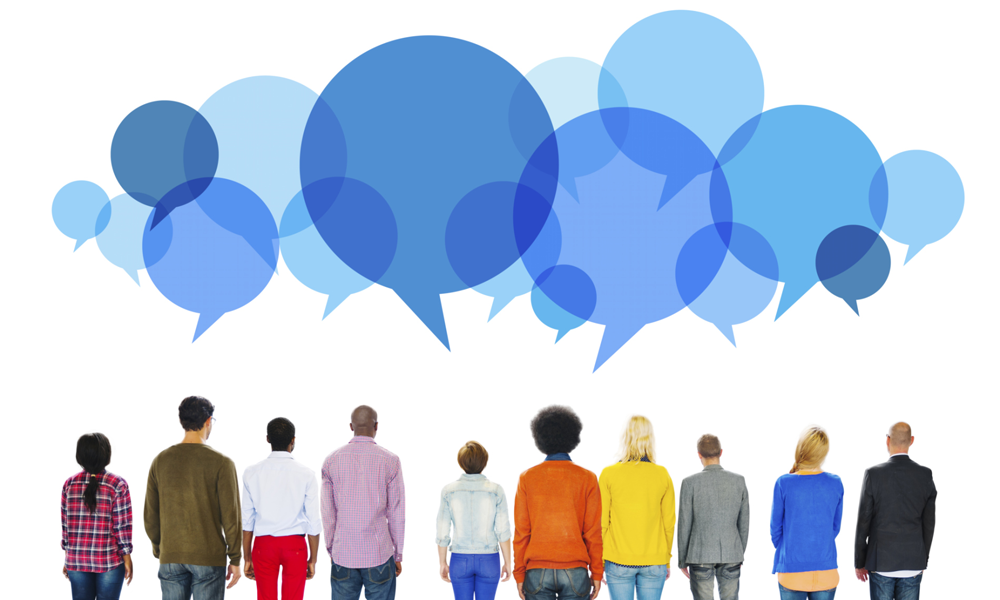
Social Media Roundup: Combating Groupthink
Does your association's board foster idea generation, or does it encourage groupthink? Plus: another way to think about LinkedIn.
Everyone wants their discussions to have a positive conclusion, but sometimes the compulsion to reach agreement doesn’t help you reach your goals.
Find out how to identify unproductive groupthink in today’s Social Media Roundup:
Don’t Sink Into Groupthink
But I thought the board wanted this … How to avoid groupthink http://t.co/SFzmox9Hbw via @MultiBriefs #assnchat
— Multiview (@Multiview) August 27, 2014
Bob Harris, CAE, took time out from working on governance tools at the NonProfit Center to examine how groupthink can flare up even with the most well-intentioned boards.
“High-spirited and eager-to-contribute board members often voice their ideas with enthusiasm and good intentions. With discussion, the enthusiasm for the idea increases. The conversation gains support as more people join in, giving the perception that the proposal is popular and worthy of support,” Harris writes in a post for MultiBriefs.
But groupthink isn’t the same thing as genuine interest in the idea. As idea moves from member to member, support can build and consensus can emerge without anyone taking a disciplined look at whether it fits the organization’s needs.
Plus, as Harris notes, there’s the so-called Abilene paradox: when a group’s members reach a decision that none of them actually wants simply because they thought everyone else wanted it.
“The group seeks harmony and does not question the merit of the discussion,” Harris writes. (ht @MultiView)
Is Linkedin for Networks or Audiences?
Should You Use LinkedIn to Build a Network or an Audience? http://t.co/vHSki6jiE1 via @cmswire
— Michael A. Stelzner (@Mike_Stelzner) August 27, 2014
What has LinkedIn become? Leadtail cofounder Carter Hostelley wonders about who he’s connecting with and how often he should share content, two elements of the site that have changed as it has evolved over the years.
At first, Hostelley used LinkedIn to connect with professionals he personally knew. Now, his inbox is littered with connection requests from strangers and vague business connections. And way back when, he feared that sharing content too often would be irritating. Now, he worries that he should post more frequently.
To help figure things out, Hostelley asked a number of social media experts, including strategist Ted Rubin and Margaret Molloy, global CMO of strategic branding firm Siegel+Gale.
And what was Hostelley’s conclusion?
“Your personal network and relationships are as important as ever. But now you need to consider how content plays into your own LinkedIn strategy, and how to find your own balance of relationships versus audience,” he writes. (ht @Mike_Stelzner)
(Robert Churchill/ThinkStock)






Comments